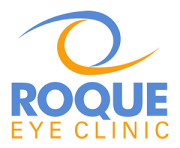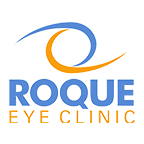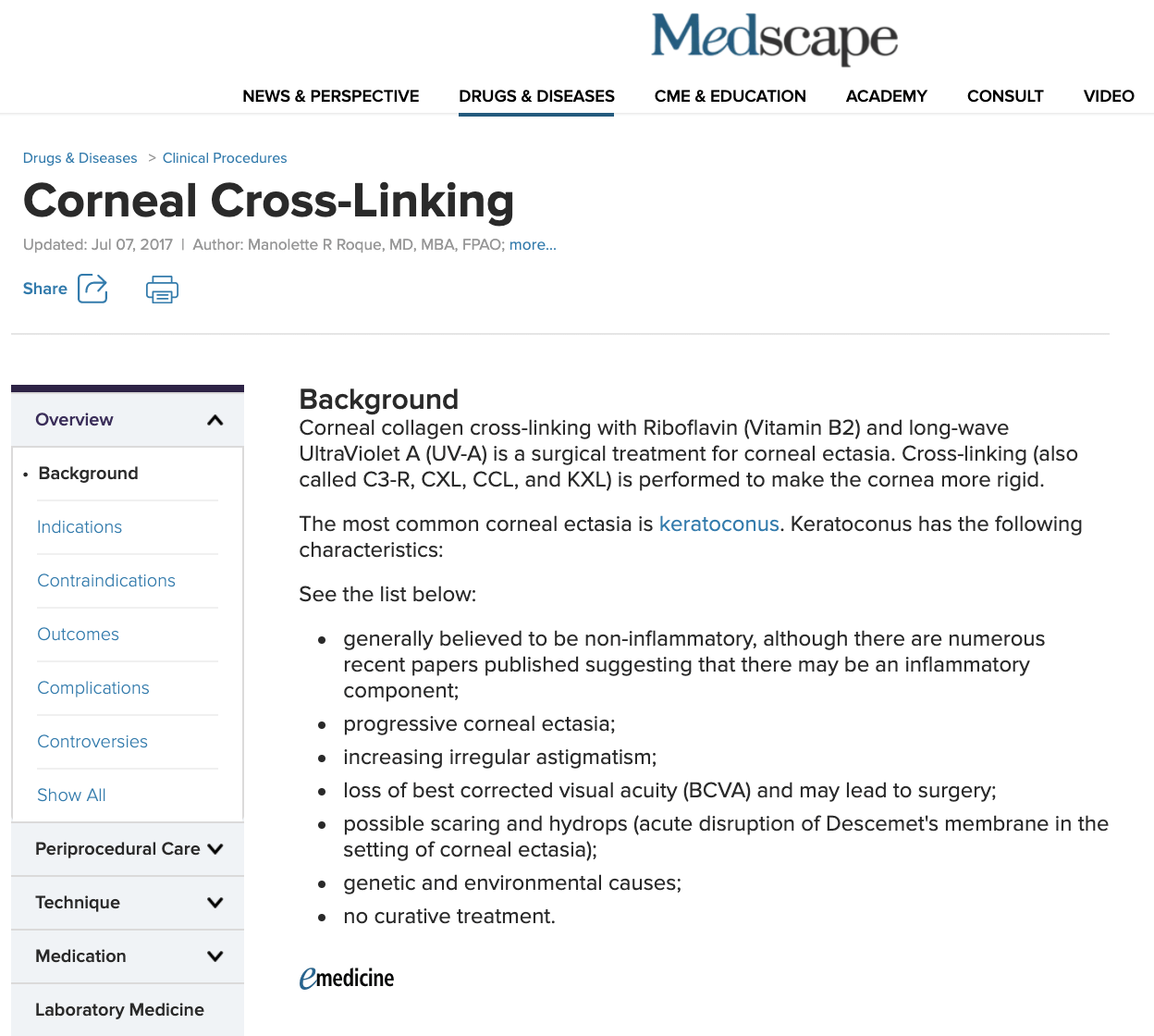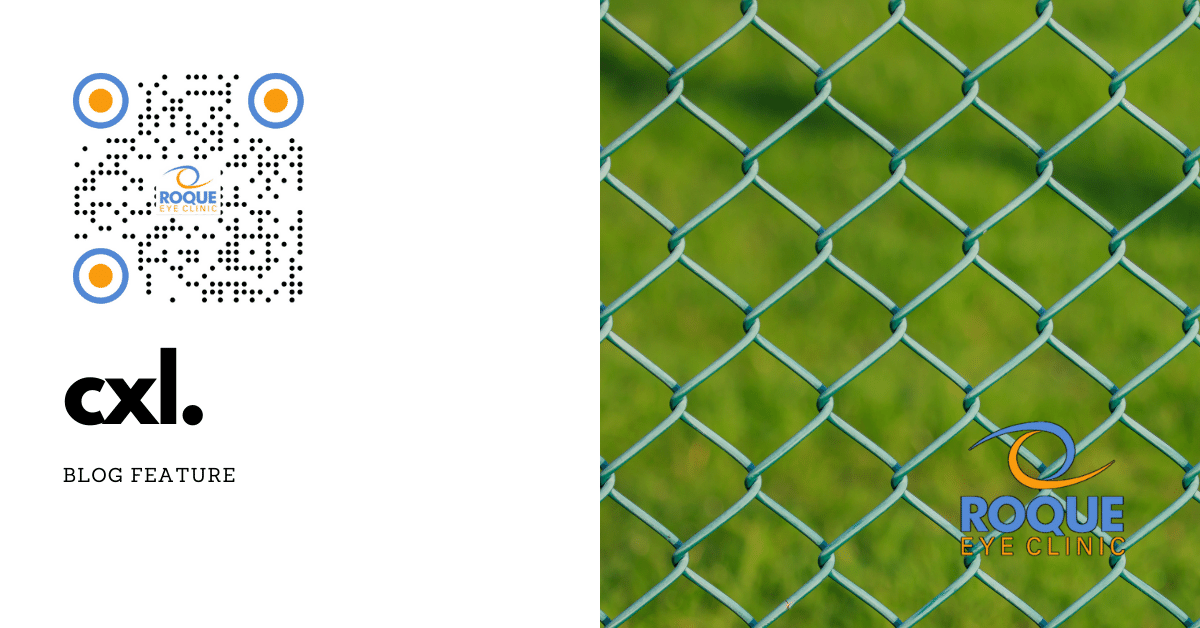
ANIMATION & VIDEO
Corneal Collagen Cross-Linking: A Comprehensive Guide
Key Learning Points
- Understanding Corneal Collagen Cross-Linking: Learn what corneal collagen cross-linking (CXL) is and how it helps treat keratoconus and other corneal ectatic disorders.
- Procedure Details: This section provides insight into how the treatment is performed, what to expect during the procedure, and its duration.
- Benefits and Risks: An overview of CXL's potential benefits and risks.
- Post-Procedure Care: Tips on what to expect after the procedure and how to care for your eyes to ensure the best outcomes.
- Patient Eligibility: Information on who is a good candidate for CXL.
Introduction
Corneal collagen cross-linking (CXL) is an innovative eye treatment primarily used to treat keratoconus and other conditions that weaken the cornea. At Roque Eye Clinic, we provide this procedure to help stabilize the cornea and prevent further deterioration of vision. This guide offers detailed information about CXL, ensuring you understand the process and its benefits.
What is Corneal Collagen Cross-Linking?
Corneal collagen cross-linking is a medical procedure designed to strengthen the chemical bonds in the cornea. It is most commonly recommended for patients with keratoconus, a progressive eye disease in which the normally round cornea thins and begins to bulge into a cone-like shape, leading to visual impairment.
The Science Behind CXL
The procedure involves applying riboflavin (vitamin B2) solution to the cornea, which is then activated by ultraviolet (UV) light. This combination causes the collagen fibers in the cornea to cross-link or bond more tightly, thus increasing the strength and stability of the corneal structure.
Benefits of Corneal Collagen Cross-Linking
- Halts the Progression of Keratoconus: One of the primary benefits of CXL is its ability to stop the progression of keratoconus, potentially preventing the need for a corneal transplant.
- Improves Corneal Stability: CXL can strengthen the corneal tissue, helping improve the overall stability of the eye’s surface.
- Enhances Visual Acuity: In some cases, patients may notice an improvement in visual acuity after the procedure.
Procedure Details
The CXL procedure is performed under local anesthesia and usually takes about one hour per eye. It involves three main steps: epithelial removal, riboflavin application, and UV light exposure.
Post-Procedure Care
After CXL, patients may experience mild discomfort and sensitivity to light, which typically subsides within a few days. It is crucial to follow post-procedure care instructions, including using prescribed medications and attending follow-up appointments.
Who is a Good Candidate for CXL?
Ideal candidates for corneal collagen cross-linking are individuals experiencing progressive keratoconus or corneal ectasia, with sufficient corneal thickness and no active eye infections.
Frequently Asked Questions and Answers
How long does it take to recover from corneal collagen cross-linking?
Recovery from corneal collagen cross-linking can vary, but most patients feel more comfortable within the first week after the procedure. It's important to avoid rubbing your eyes and to wear sunglasses outdoors to protect against UV light. Full recovery and stabilization of vision can take several months.
Is corneal collagen cross-linking painful?
The procedure is generally not painful because it is performed under local anesthesia. After the treatment, you may experience some discomfort and sensitivity to light, which can be managed with over-the-counter pain relievers and the eye drops prescribed by your ophthalmologist.
Can CXL cure keratoconus completely?
While CXL does not cure keratoconus, it is very effective in halting its progression. This can prevent further deterioration of vision and potentially avoid the need for a corneal transplant in the future.
What are the long-term effects of corneal collagen cross-linking?
The long-term effects of CXL are generally positive, with most patients experiencing a halt in the progression of keratoconus. Studies have shown that this effect can last many years following treatment, helping maintain vision quality and corneal stability.
How soon after the procedure will I notice improvements in my vision?
Some patients may notice improvements in their vision within a few weeks, but the primary goal of CXL is to prevent further deterioration rather than to improve vision immediately. Visual outcomes can vary; corrective lenses may still be necessary in most cases.
Are there any restrictions post-CXL?
After undergoing CXL, you should avoid swimming and other water-related activities for at least the first month to prevent infection. It's also important to avoid rubbing your eyes and to shield them from direct sunlight.
What is the success rate of corneal collagen cross-linking?
CXL's success rate in stopping the progression of keratoconus and other ectatic disorders is very high, with significant data supporting its effectiveness in over 90% of cases.
Can children undergo CXL?
Children and adolescents can undergo CXL if they have progressive keratoconus or other conditions that weaken the cornea. Early intervention is crucial to prevent further deterioration of their vision as they grow.
Are there alternatives to corneal collagen cross-linking for keratoconus?
Other treatments for keratoconus include specialized contact lenses and corneal ring implants, which can help reshape the cornea and improve vision. In advanced cases, a corneal transplant may be necessary.
How often do complications occur with CXL?
Complications from CXL are rare but can include infection, corneal haze, and transient changes in corneal curvature. These issues are usually manageable with appropriate care and follow-up.
Conclusion and Take-Home Message
Corneal collagen cross-linking is a safe and effective procedure that plays a crucial role in managing keratoconus by strengthening the corneal structure and preventing further progression of the disease. While it doesn't cure keratoconus, it significantly enhances the cornea's stability, helping to maintain better vision quality. Regular follow-ups and eye care are essential to monitor your condition and maintain eye health post-procedure.
Bibliography
- National Keratoconus Foundation. (2024). Overview of Keratoconus Treatments.
- Journal of Ophthalmology. (2024). Long-term Outcomes of Corneal Collagen Cross-Linking.
- Clinical Trials.gov. (2024). Studies on Corneal Collagen Cross-Linking.
- American Academy of Ophthalmology. (2024). Clinical Guidelines for Corneal Collagen Cross-Linking.
- International Journal of Keratoconus and Ectatic Corneal Diseases. (2024). Advances in Corneal Research.
ADVANTAGES OF CORNEAL COLLAGEN CROSS-LINKING
Simple- Single- one hour treatment
Few follow up visits required
Day surgery only. No need for admission
Stops the progress and causes regression of disease
No major precautions
No injections or stitches
No incisions as in Intacs or KeraRing corneal ring segments
Quick recovery with short follow up
CXL PACKAGE
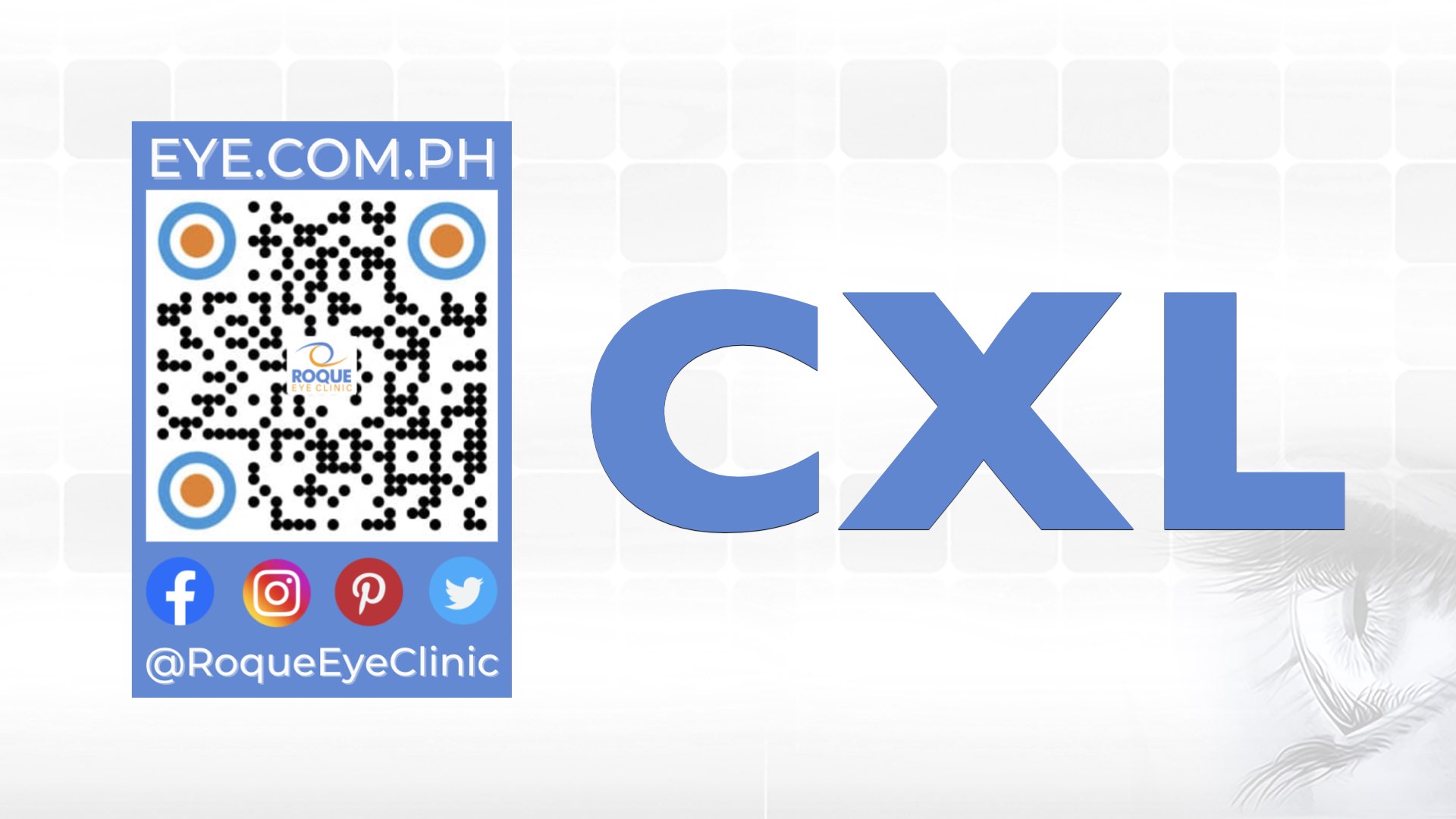
CXL PACKAGE
Corneal Cross-Linking with riboflavin package (per eye)
- Outpatient day-surgery
- Local/Topical anesthesia
CORNEAL CROSS-LINKING FEATURE
eMedicine Medscape Ophthalmology
Corneal Cross-Linking
Authored by Dr. Manolette Roque for eMedicine Medscape Ophthalmology
BOOK AN APPOINTMENT
It takes less than 5 minutes to complete your online booking. Alternatively, you may call our BGC Clinic, or our Alabang Clinic for assistance.
